Navigating Flexible Financing for Orthodontic Treatment Options
Flexible financing options and diverse payment methods have made orthodontic treatments more accessi…….
Orthodontic treatment options have emerged as a critical aspect of modern dental care, offering solutions for correcting misalignments of teeth and jaws. This article delves into the diverse range of orthodontic treatments available globally, exploring their historical evolution, current trends, economic impact, technological innovations, regulatory frameworks, challenges, and future prospects. By examining these aspects, we aim to provide a comprehensive understanding of why and how orthodontic treatments are reshaping oral health practices worldwide.
Definition: Orthodontic treatment options refer to various methods and techniques employed to correct malocclusion (misalignment of teeth) and promote optimal dental alignment. These treatments can range from traditional braces to modern, invisible aligner systems.
Core Components: The fundamental goal is to exert controlled force on the teeth over an extended period to move them into their desired positions. This involves using appliances like brackets, wires, elastics (rubber bands), and custom-made trays. Orthodontists, specialized dentists, play a pivotal role in designing treatment plans and monitoring patient progress.
Historical Context: The practice of orthodontics traces back to ancient times, with early attempts at correcting dental misalignments recorded as far back as 400 BCE in Egypt and Greece. However, significant advancements came in the 19th and 20th centuries with the introduction of metal braces (1820s) and the development of modern orthodontic techniques by Dr. Edward Angle in the early 20th century.
Significance: Orthodontic treatment options are essential for not only improving aesthetics but also oral health and function. Correctly aligned teeth contribute to better chewing, clearer speech, and a reduced risk of dental wear and gum disease. Moreover, it enhances self-esteem and confidence in individuals, making it a popular choice among patients of all ages.
Orthodontic treatment options have a profound international reach, with varying levels of adoption and preferences across different regions:
| Region | Adoption Rate (%) | Popular Treatment Methods | Unique Cultural Influences |
|---|---|---|---|
| North America | 5-7% (among adolescents) | Metal braces, Invisible aligner systems (e.g., Invisalign) | Focus on early treatment, esthetics, and advanced technology adoption |
| Europe | 3-5% (varying by country) | Metal and ceramic braces, Clear aligner systems | Diverse preferences, strong traditional dental practices in some countries |
| Asia | 8-12% (growing rapidly) | Metal and clear braces, Aligners for both aesthetic and functional correction | Increasing demand due to changing lifestyles and growing middle class |
| Latin America | 4-6% | Metal braces, Traditional fixed appliances | Cultural emphasis on oral health and aesthetics |
| Middle East & Africa | 2-4% (with varying access) | Limited access to advanced options; often metal braces | Diverse cultural practices and economic disparities impact orthodontic care |
Trends Shaping Orthodontics:
The global orthodontic treatment market is a significant economic sector, with various factors influencing its growth:
Technological innovations have revolutionized orthodontic treatment options, offering improved efficiency, comfort, and outcomes:
Regulatory frameworks play a crucial role in ensuring the safety and effectiveness of orthodontic treatments:
Despite its advancements, the field of orthodontics faces several challenges and criticisms:
Strategies for Improvement:
In a bustling metropolis in South Korea, a private dental clinic implemented an early orthodontic intervention program targeting children aged 7-9. By identifying and treating mild to moderate malocclusions at this young age, the clinic achieved remarkable results. Parents reported increased confidence in their children’s smiles, improved chewing efficiency, and fewer social and emotional issues related to dental appearance. This case demonstrates the positive impact of early orthodontic care on overall oral health and well-being.
A leading orthodontist in Germany adopted a digital workflow for all their patients, utilizing advanced 3D imaging and treatment planning software. This approach resulted in significant time savings, reduced patient anxiety, and improved treatment outcomes. Remote monitoring using smart braces allowed the dentist to make adjustments without physical appointments, enhancing convenience and efficiency. The case highlights the benefits of integrating technology into orthodontic practices.
In a rural community in Mexico, local dentists collaborated with a non-profit organization to provide free orthodontic care for children and adolescents. Using simple and affordable treatment options like removable retainers and traditional braces, they achieved excellent results. This initiative not only improved oral health but also fostered a sense of community engagement in preventive healthcare.
The future of orthodontic treatment options looks promising with several emerging trends and growth areas:
Orthodontic treatment options have evolved from traditional metal braces to a diverse array of advanced technologies and personalized care options. Global trends reflect a growing demand for aesthetic, efficient, and affordable treatments, driving innovation in the field. As technological advancements continue, orthodontic practices will need to adapt and embrace digital transformation while addressing access and affordability issues.
The future outlook is promising, with potential breakthroughs in biomaterials, tele-orthodontics, and AI diagnostics shaping the next generation of orthodontic care. By understanding and navigating these trends, orthodontists can contribute significantly to improving oral health and enhancing patients’ lives worldwide.
Q1: How do I know if I need orthodontic treatment?
A: If you have noticeable teeth gaps, bites that don’t align properly, or discomfort/difficulty chewing, consult an orthodontist for a comprehensive evaluation. They will determine if treatment is necessary and appropriate for your specific needs.
Q2: Are orthodontic treatments painful?
A: Discomfort levels vary among individuals, but modern treatments are generally more comfortable than ever before. Over-the-counter pain relievers can manage any temporary discomfort during and after adjustments.
Q3: How long do orthodontic treatments take?
A: Treatment duration depends on the severity of malocclusion and the chosen treatment method. Simple cases might take 6-12 months, while complex ones could extend to 24 months or more.
Q4: Are clear aligner systems visible when smiling?
A: Clear aligner trays are designed to be nearly invisible when worn. While some people may notice them, they are much less noticeable than traditional metal braces, offering a more discreet aesthetic option.
Q5: Can orthodontic treatments cause tooth sensitivity?
A: Yes, certain treatments and foods can temporarily increase tooth sensitivity. Your orthodontist can provide guidance on managing this side effect, and it often decreases as treatment progresses.
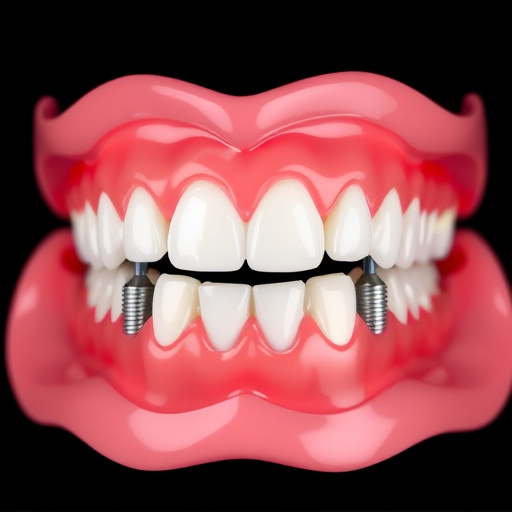
Flexible financing options and diverse payment methods have made orthodontic treatments more accessi…….
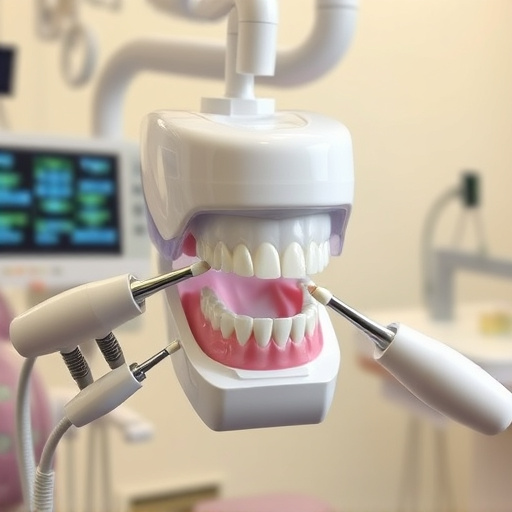
Understanding your unique orthodontic needs is key to achieving a straighter, healthier smile. Ortho…….
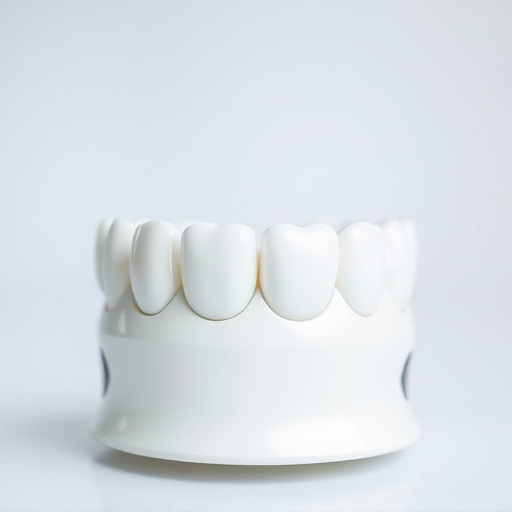
Traditional metal braces remain a durable and effective orthodontic treatment option, known for thei…….
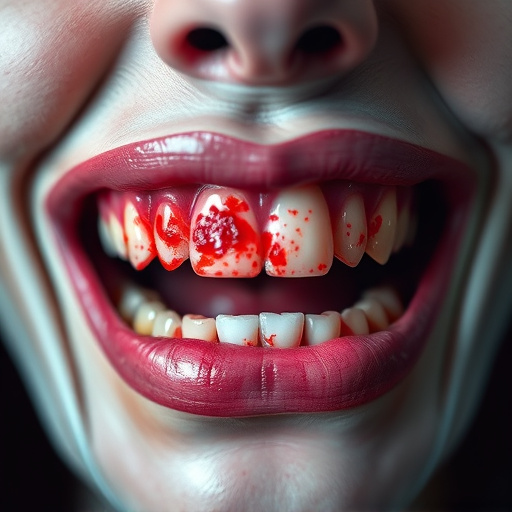
Invisalign is a leading orthodontic treatment option for its discreet, effective teeth-straightening…….

Orthodontic treatments have evolved significantly, offering faster, more comfortable alternatives to…….
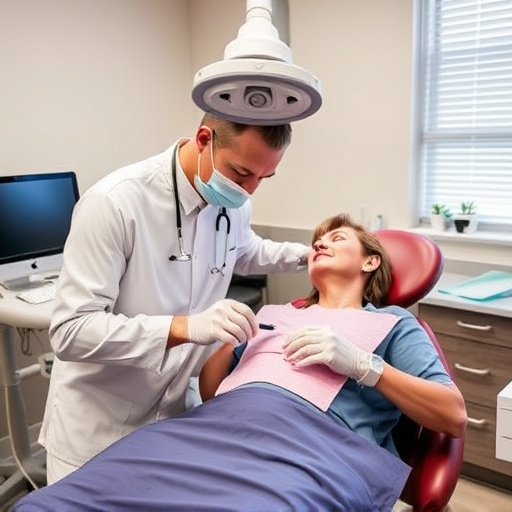
Orthodontic treatment costs vary widely depending on factors like location, treatment complexity (fr…….